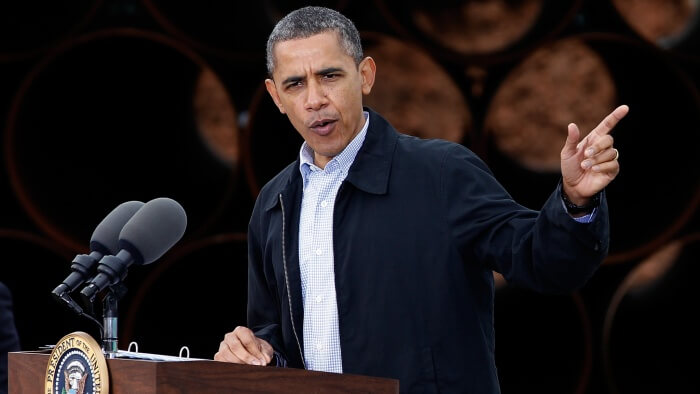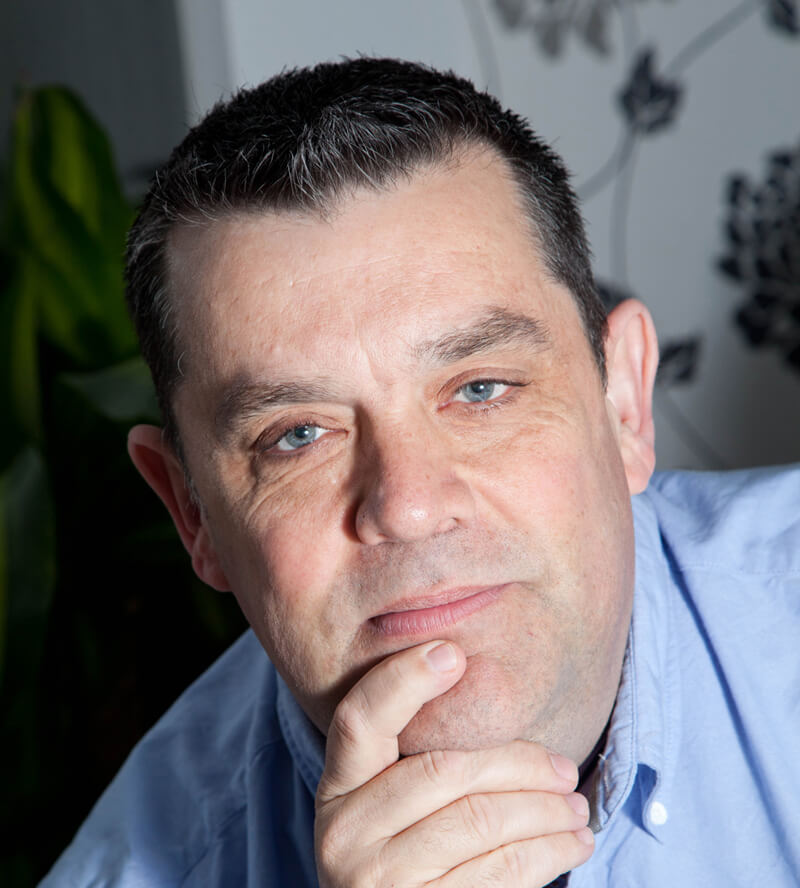Marc Lemezma is a communications coach with 25 years experience
View Author ProfileBecause there are better ways to cure your fear of public speaking. Here Marc Lemezma, a public speaking coach with 25 years experience, reveals the real secret to confident presenting.
Imagine an auditorium full of naked people sitting in front of you. Go on, do it right now. Depending on your state of mind and upbringing, you’ll either be feeling somewhat amused, slightly queasy or perhaps a tad jealous of somebody in the front row.
Putting those emotions to one side, I wonder if you have any trace of connection or oneness with the majority of the people in your audience. I suspect not, and that is why you might want to rethink some advice you may have been given in the past. It will help you become a better presenter and cure the need for those naked delusions.
We’re all too familiar with the assertion that the fear of presenting or speaking in public is among the most common anxieties experienced in Western society. If you want to have a successful and progressive career in business, the ability to present effectively is certainly a skill you need to master.
The root cause of all bad presentations, from poorly delivered content, through to umms errs and poor projection, can be traced back to that overwhelming lack of confidence that strikes the moment you stand up and open your mouth.
"Public speakers often don’t perform because they feel the threat of ridicule"
The fear of public speaking has a fancy technical name which actually turns out to be something of a misnomer. Glossophobia is derived from the Greek and means “fear of the tongue”. Yet it is not actually the speaking part that most people worry about. What really creates anxiety is the potential of rejection, failure or being made to look a fool in front of our peers.
Over the last century a whole industry has grown up around the art of public speaking and specifically in managing the fears and anxieties surrounding it. In the last 20 years or so I have helped thousands of people, from all walks of life, make the journey from quivering wreck to confident presenter. During that time I’ve come to realise that one piece of received wisdom needs to be challenged:
“The best way to overcome the fear you face when speaking in public is to visualise your audience naked sitting in front of you.”
Have you heard that said before? And what a great idea it isn’t. Get your audience into a position where you feel total power over them and any last shred of control over you is worn away by their embarrassing nakedness.
To put this strategy in context it might be a good idea to analyse what kind of situations make public speaking work really, truly well:
Is it where subversive control is exercised?
Is it where one party feels isolated and inadequate?
Is it where one party ridicules the other, laughing and mocking them?
Of course it is none of the above, it is absolutely the inverse. Successful public speaking is a real two-way street. Each presentation you give is a negotiation between you and the audience.
There is a real dialogue occurring, even though one party tends to stay largely shtum. Everybody involved has to feel accepted, understood and mutually appreciated. If this mutual appreciation does not occur, then dislike, disbelief and resentment reign.
Novice public speakers often don’t perform as well as they would like because they feel controlled, isolated and subject to the threat of ridicule. Using the strategy of seeing people naked only serves to shift that feeling of unease, albeit in your mind. It doesn’t really remove the fear, it just temporarily makes you think you feel more superior than your audience.
An alternative approach is to create empathy. Nervy speakers commonly report that once (or should that be if) they get going and make it past the first few moments of a speech the fear and anxiety seem to seep away. That happens because they get feedback from the audience.
It may be a laugh, smile or some other sign of appreciation. In most cases it is a simple, silent obedience borne of their appreciation and respect for the speaker.
A great strategy for creating that empathy and obedience is to open-structure your talk around what your audience wants to hear. Avoid telling them what you want to say, or forcing your opinions on them. The age-old question “what’s in it for me?” may be a cliche but it is one that really needs strong consideration when structuring a speech.
I know some of this seems a little simplistic but it works. I hope to share more ideas on public speaking and communication with you. For now I want to leave you with one final thought about the risk of seeing your audience as naked.
Those who in the past have promoted such a strategy based its validity on the concept that once you strip away our clothes we lose our identity and any hierarchical labels are torn from us. We all merge at one basic level. The lowest common denominator.
Thus our audience become nobodies and we lose sight of who we are trying to engage with, what they might want from the transaction and ultimately how we can offer them anything other than pointless waffle.
So rather than seeing your audience naked, clothe them in respect, empathy and understanding.
Most read in Guides
Trending articles on Guides
Top articles on Minutehack
Thanks for signing up to Minutehack alerts.
Brilliant editorials heading your way soon.
Okay, Thanks!


